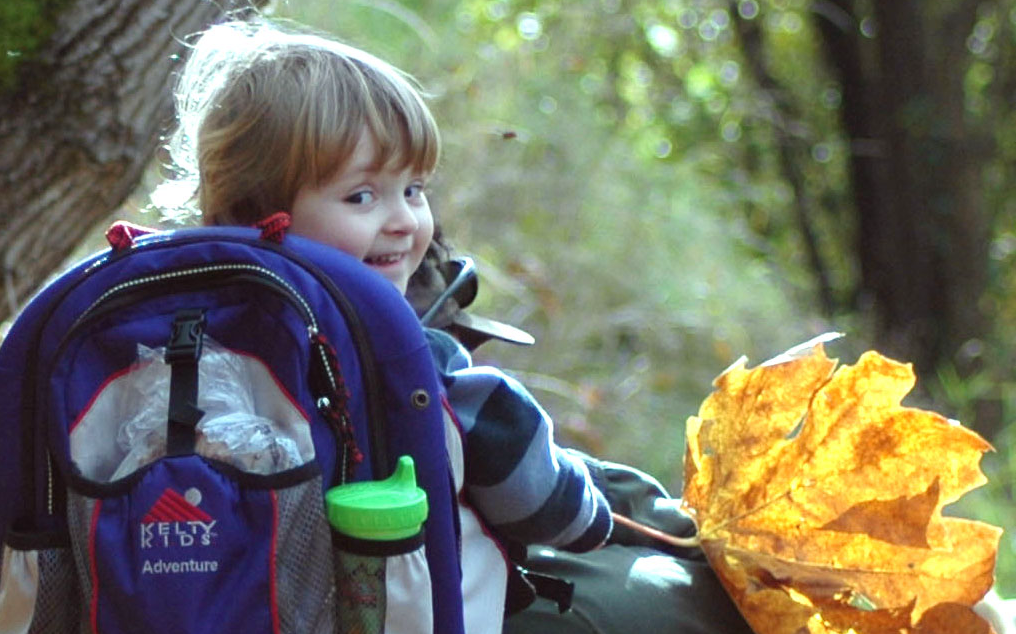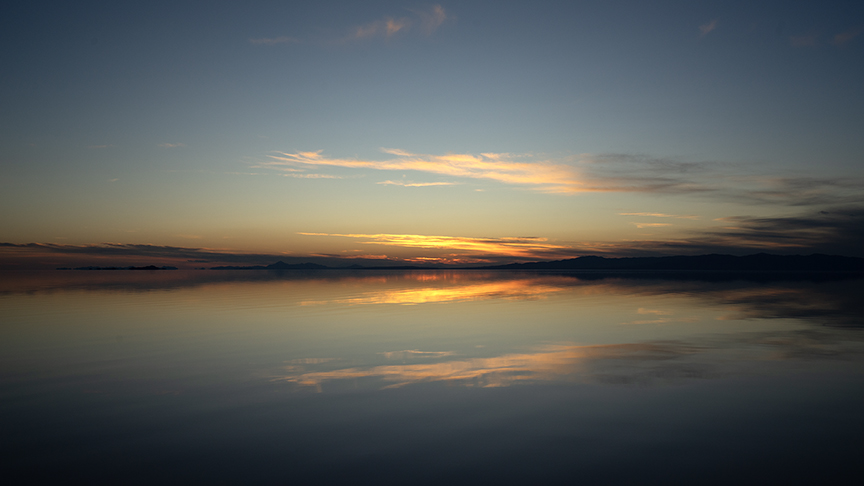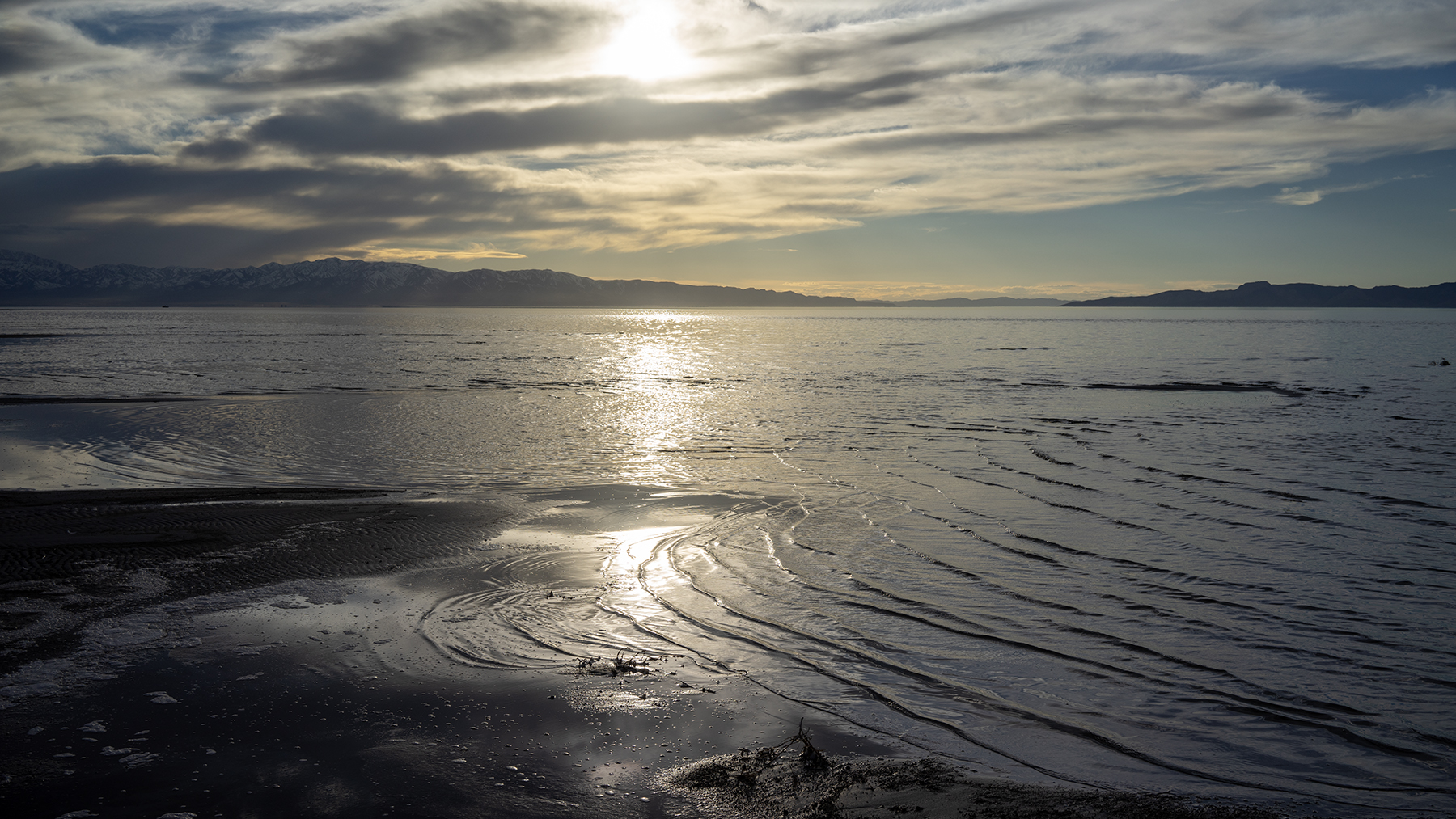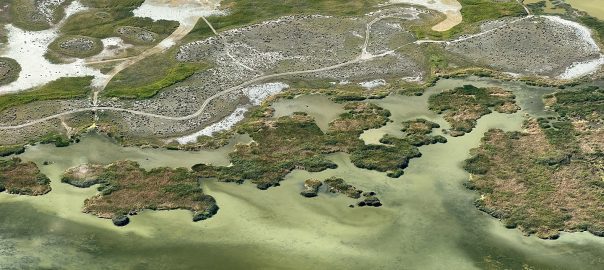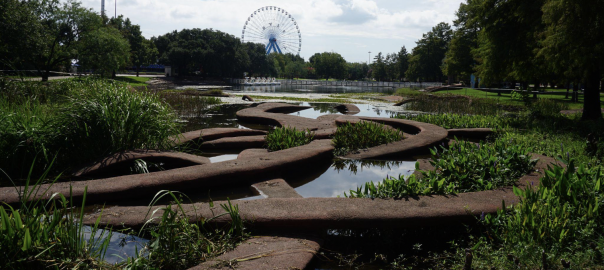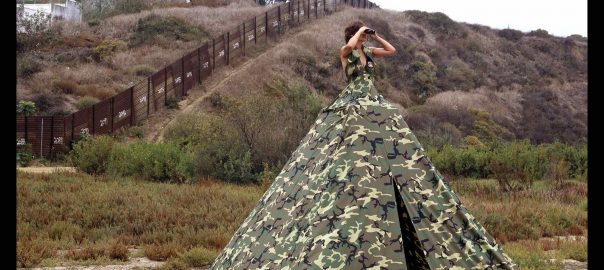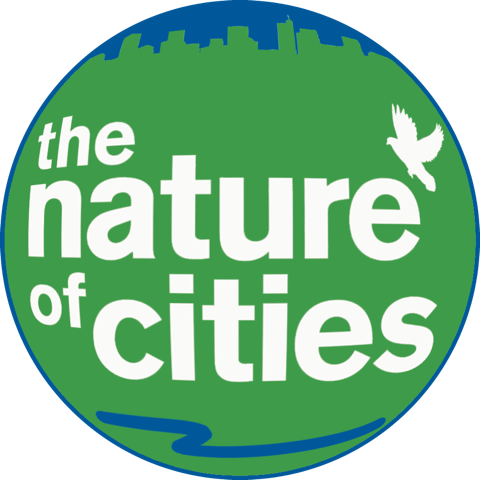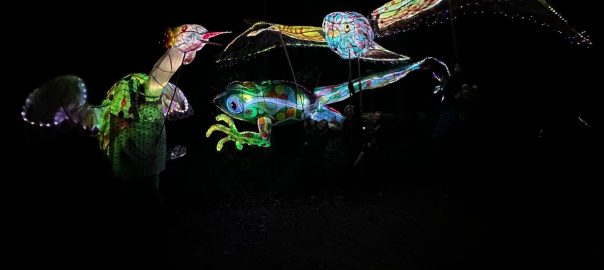Wendy Wischer
Storrs Mansfield
Wendy Wischer is an artist and educator currently living and working in Connecticut. With investigations in a variety of media from sculptural objects to installations, video, projection, sound, alternative forms of drawing and public works. Much of the artwork is based on blurring the separation between an intrinsic approach to working with nature and the cutting edge of New Media.
Her conceptual focus is on environmental issues; finding pathways, and creating experiences, that translate data into personal meaning. Through her creative explorations, often in collaboration with scientists, engineers and community partners, a wide range of data types are investigated to link nature with technology, science with mythology and personal identity with universal connections, while addressing our current climate crisis in hopes of finding impactful ways to connect people more deeply with the environments they live in and with each other.
She is the recipient of numerous grants including the Pollock-Krasner Grant, the South Florida Consortium, the Florida Individual Artist Fellowship, the Utah Division of Arts & Museums Visual Arts Fellowship, National Science Foundation NIC and travel grants, among others. Wischer has exhibited nationally, and internationally and her work is part of several public collections including the Perez Art Museum, Art Bank Art in Public Places Miami, Art in Public Places Miami Beach, the Boca Museum of Art in Baca Raton Florida, the Colorado State Art Collection, and the Utah Division of Arts & Museums Collection.
Wischer received an MFA from Florida State University and a BFA from the University of Wisconsin Madison. Her previous teaching appointments include the University of Utah, Ringling College of Art and Design and the New World School of the Arts.
